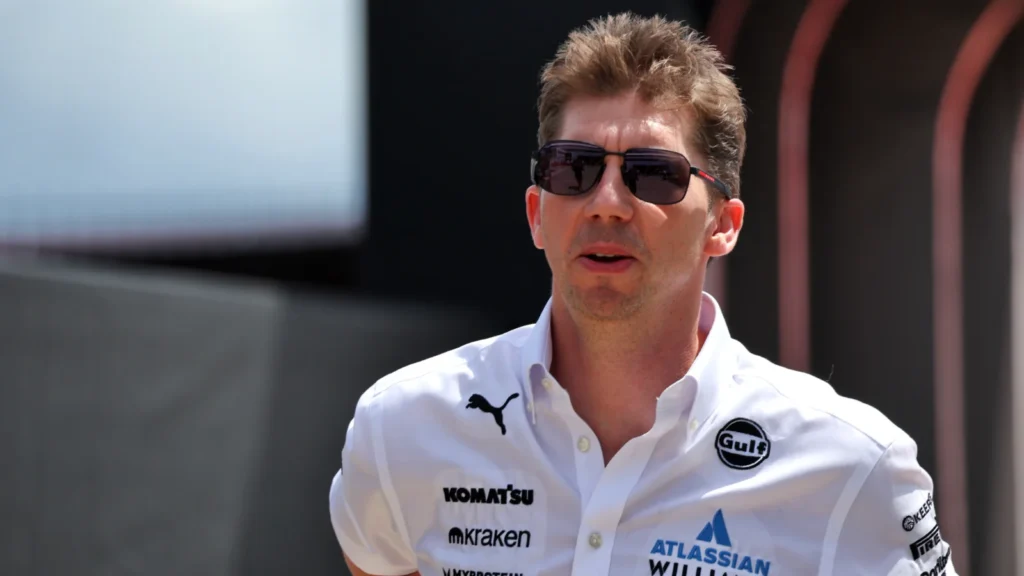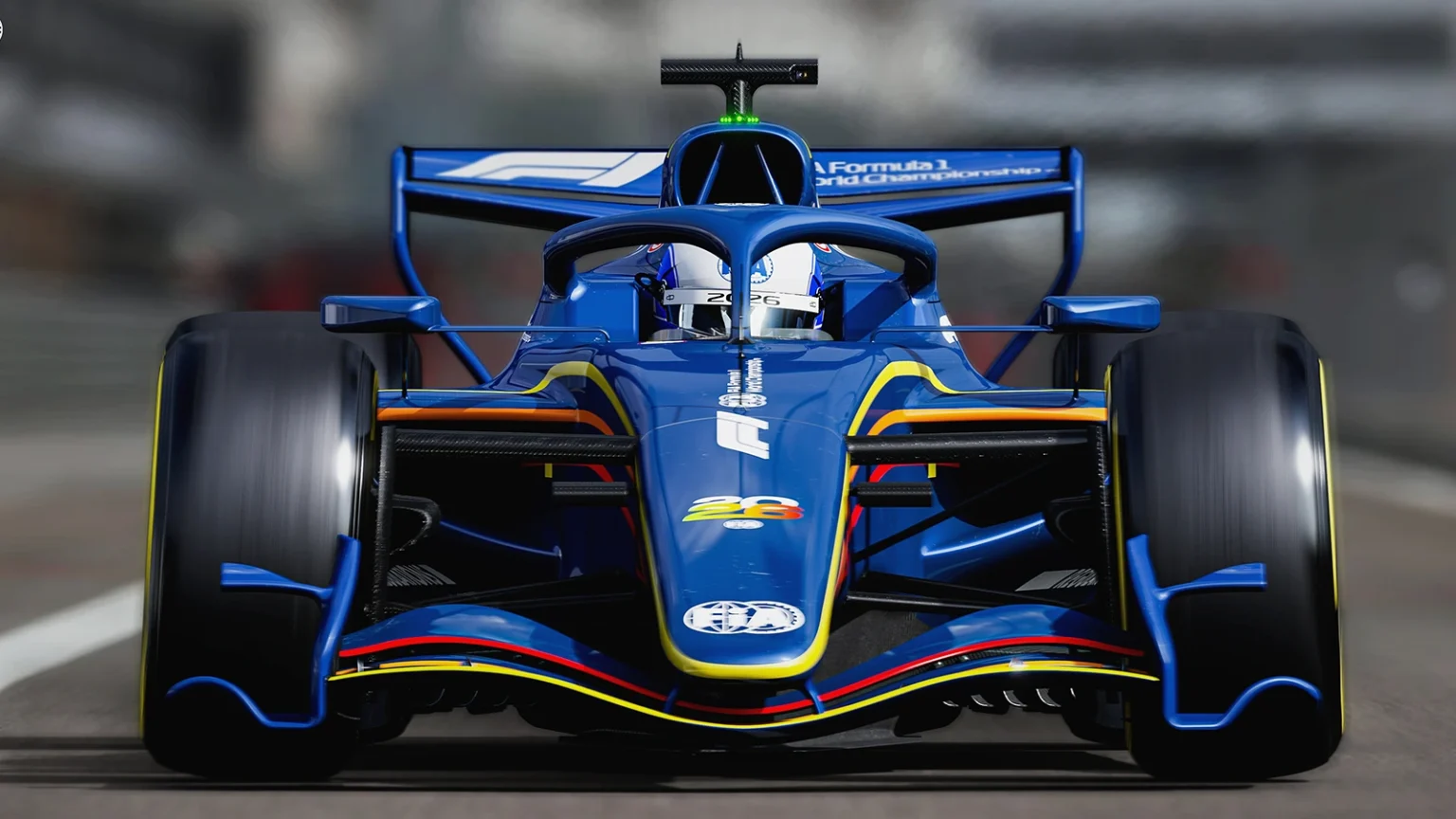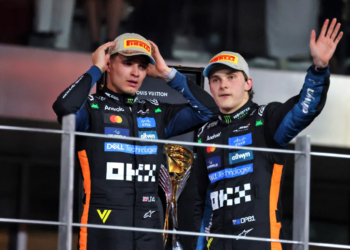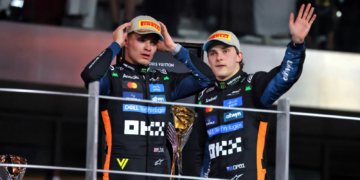Williams boss James Vowles has allayed fears that the 2026 Formula 1 cars could be joyless to drive, after Charles Leclerc said an early simulator run left him feeling “not a fan”.
The Monegasque driver revealed two weeks ago that he had performed a stint in a car based on the 2026 regulations in Ferrari’s Maranello simulator.
2026’s new rules see a continuation of the hybrid V6 engines, but with a more equal split between internal combustion and electric power.
This also means that there will be a significant reduction in downforce, which means the cars’ drivability will be significantly different, leaving Leclerc to conclude that it will be “probably, less enjoyable for drivers to drive.”
When asked if the new rules will make F1 a more unusual spectacle, Vowles told media including Motorsport Week: “I don’t think so.
“There is a driving style change that you need to do, but it’s like anything – we had to change driving style to adapt to these cars.
“No one really wants to be kangarooing along the ground, and yet, actually, I think the formula now is quite a good racing series for what it is worth.”
Williams’ current stature as a midfield team has left it with the dilemma of deciding when to pivot from placing primary focus on its current model to its 2026 challenger.
The Grove-based squad are now looking towards next year, and Vowles intimated the team is now beyond the stage where Leclerc found himself at.
“I think it’s probably fair to say we’re advanced relative to other teams in terms of what we’re doing,” he continued.
“And it gets better – that is my comment to Charles.
“It kind of gives us an indication of where they are at the moment in terms of their cycle. I actually don’t think the formula for next year is bad at all. I think it’s different.”

Vowels hopes for clarity on overtaking ‘differentiation’
Vowles’ worry at the moment revolves around some of the anomalies and uncertainty in the regulations, particularly involving overtaking.
“I think there’s work to be done, because I’m a little bit concerned about how we get the differentiation in terms of overtaking,” he highlighted.
“There’s some real detail, nitty gritty things, that we’ve got to sort out.
“[For example] do we run straightline mode in the wet? It doesn’t sound really exciting or important, but we’re going to be running the cars low, and if you disable straightline mode and it dries up, you’re just basically going to wear through the front of the car.
“So there’s some details like that we’ve got to get into and fix, but we will do it.
“But once you go over the hurdle [of understanding the 2026 rules], there are some nice things that come up the other side of it. They’re just not there yet. So I’m looking forward to next year, not the other way around.”
However, Vowles is confident that there will be plenty of scope to sort out this potential grey area.
“I think you’ll get the cars closer together as a result of it [the new rules],” he added. “One of the key elements of the regulations is to achieve that.
“But if you think about our world, we develop a car in very much a singular environment. We don’t consider another car in front. You don’t even simulate another car in front.
“And this is more me heuristically looking at it, but does it have a DRS type switch difference in the same level? It doesn’t.
“We’re doing it through energy. Is that going to be enough? I’m not sure.
“And what happens if straightline mode gets canceled. In that regard, these are all questions that you don’t really do multi-car simulations on.
“But they’re questions I’m bringing out to the world, saying, I think there’s some elements there that probably need discussion.
“But the good news is you can capture that in sporting regulations, not in technical regulations.”
READ MORE – Lewis Hamilton insists collaboration with Ferrari F1 engineer on the right track










Discussion about this post